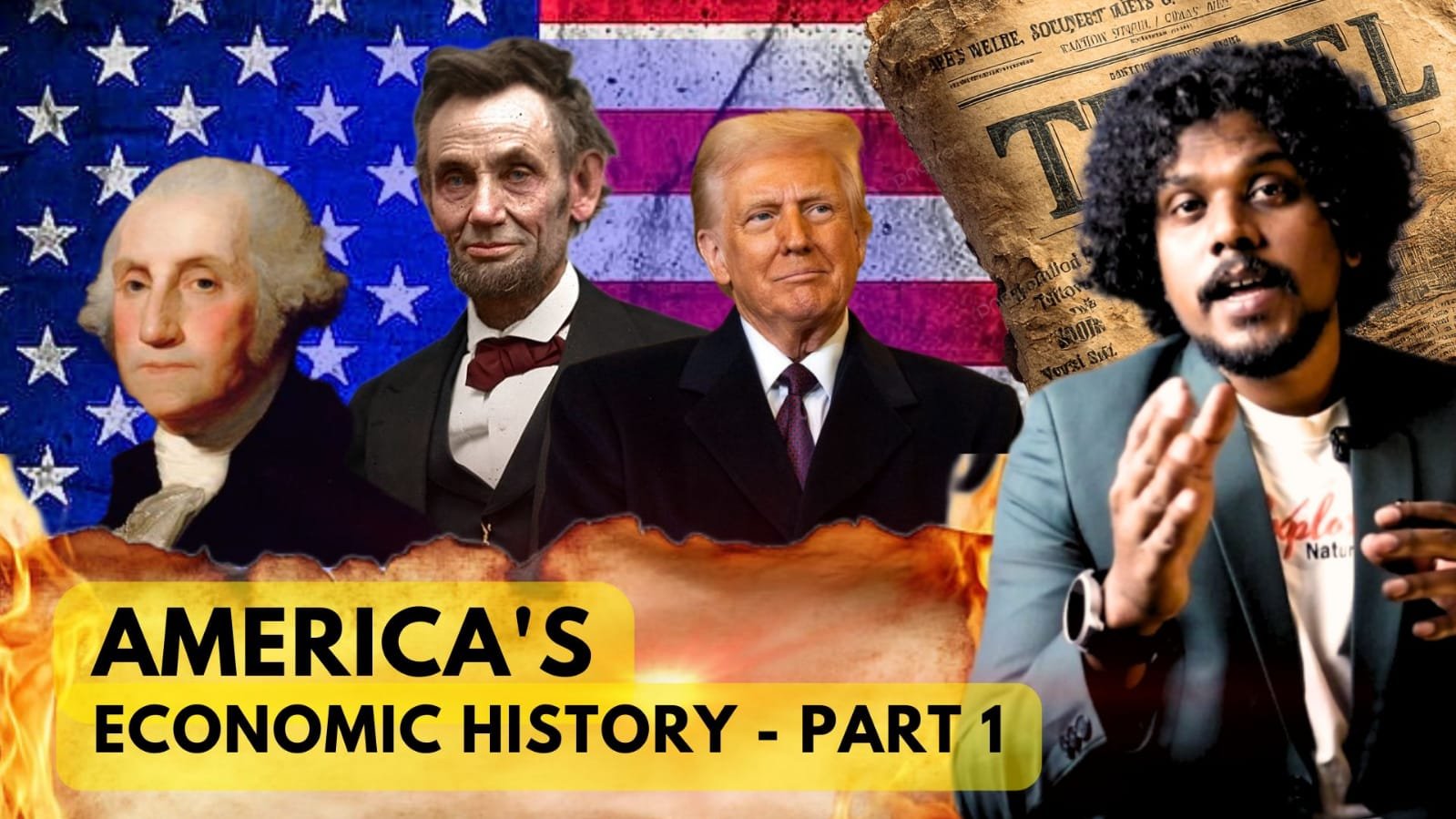
Blogs
American History Explained – Economy | Events | Inventions | Key Events from 1600 to World War II

Understanding American history is not just about learning dates and names—it’s about seeing how political history, economic shifts, and wars shaped a nation that became a global superpower. From colonial America in the 1600s to the devastation and triumph of World War II, the journey of the United States is packed with lessons that shape the world even today.
This blog provides a brief overview of the topics covered in our latest video on American history explained in English. If you’re interested in exploring American economics, political history, and American contribution in World War II, this video is a must-watch.
Colonial America and Independence (1600–1776)
The story of American history begins with the British colonies. The early American economics system was based on agriculture and exports like tobacco, rice, and cotton. But Britain’s strict trade rules and heavy taxes led to anger in the colonies. These economic and political history struggles set the stage for the American Revolution. By 1776, the Declaration of Independence made the dream of liberty a reality.
The Industrial Revolution and Civil War (1800–1865)
In the 19th century, American economics transformed during the Industrial Revolution. Railroads, factories, and urbanisation created prosperity, but slavery kept the South tied to agriculture. These differences between North and South erupted into the Civil War (1861–1865). The war was not just political but also economic—industrial power defeated slavery-based agriculture. This victory became a turning point in American history.
Rebuilding and Global Influence (1865–1930)
After the Civil War, American history entered a new phase of expansion and global influence. Industrial growth soared, and America started taking part in international affairs. During World War I, American contribution in world war changed the balance of power. Economically, the war boosted industries, while politically, the U.S. gained recognition as a rising global leader. The 1920s, known as the Roaring Twenties, brought wealth, jazz, and risky stock speculation—an important phase in American economics.
The Great Depression (1929–1939)
The prosperity ended suddenly with the Great Depression. This was one of the darkest chapters in American economic history. Banks collapsed, unemployment soared, and poverty spread. Politically, it forced new government policies to stabilise the nation. This collapse in American economics wasn’t just domestic—it disrupted the global economy and created conditions that led to World War II.
World War II and America’s Role (1939–1945)
The most defining era in American political history was World War II. Initially neutral, the U.S. entered the war after Japan’s attack on Pearl Harbor in 1941. From that moment, American contribution in World War II became decisive. The economy transformed into the “Arsenal of Democracy,” producing tanks, planes, and weapons in record numbers.
Millions of jobs were created, women entered the workforce, and unemployment dropped below 2%. Politically, America forged alliances, and economically it outproduced Germany, Italy, and Japan combined. By 1945, the defeat of the Axis powers marked not just victory but also the rise of America as a superpower.
Why This History Matters
From colonial struggles to global wars, American history is the story of resilience and transformation. By studying American economics and political history, we understand how the U.S. rose to dominate world affairs. The American contribution in World War II was not just about military victory—it reshaped the global order.
This blog is just a summary. To explore more, watch our detailed video where American history explained in English comes alive with context and analysis.




















